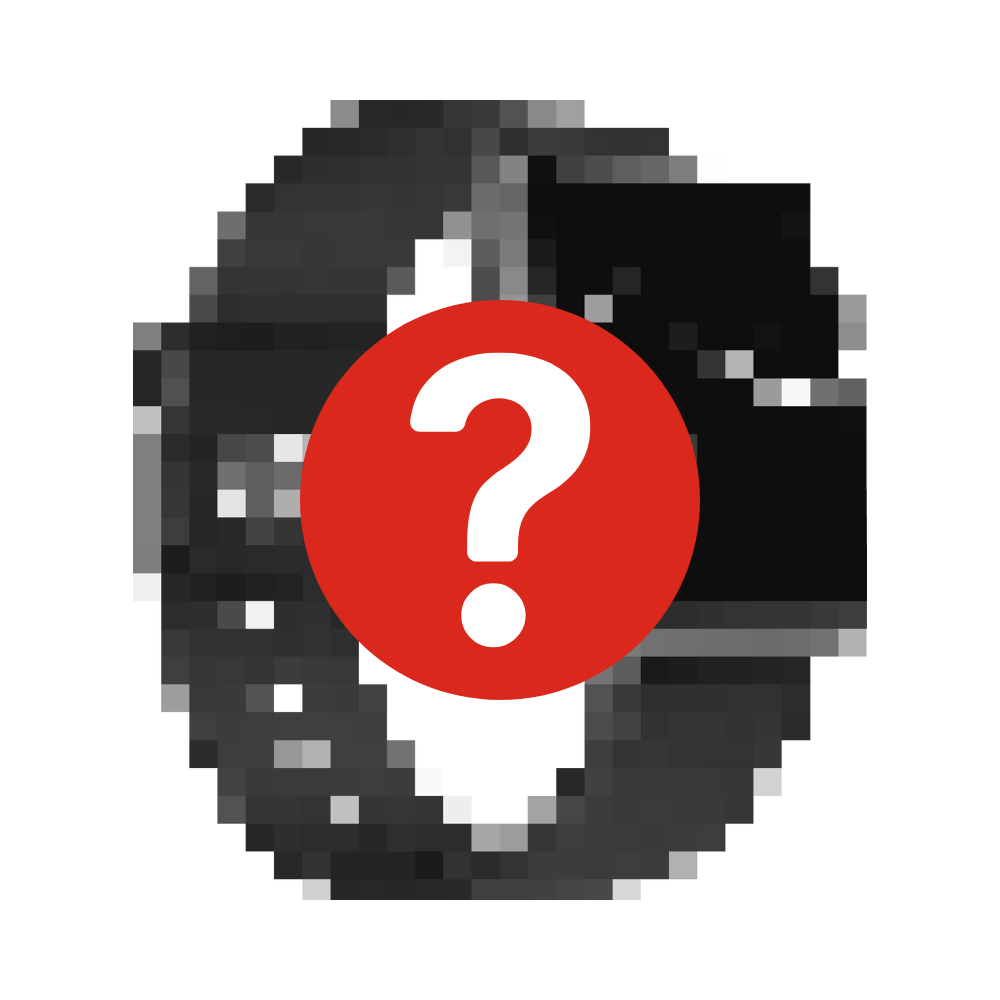How to choose the best smartwatch or fitness tracker
Buy the best smartwatch or fitness tracker for your lifestyle. We've tested 73 current and 89 discontinued models to find which have the best features and which perform best.
Do you want a simple band that counts steps, or a tiny smartphone for your wrist? The difference between a fitness tracker and a smartwatch is how much they can do.
Fitness trackers count steps and track your heart rate, but often can’t do much more. This allows their batteries to last for multiple days.
Smartwatches are more versatile. As well as fitness tracking, they usually run apps and have nifty features like contactless payment. Some smartwatches require a phone to connect to, while others can work independently.
Best smartwatches & fitness trackers of 2025
-

Best cheap smartwatch for iOS
-

Best cheap smartwatch for Android
-

Best fitness tracking smartwatch for Android
-

Best fitness tracking smartwatch for iOS

Get access to Consumer & see all reviews
✔ Personal support through our Consumer Rights Advice Line
✔ Premium articles and in-depth buying advice
✔ Add a Consumer magazine for even more exclusive content
Fitness tracking
Even a high-end smartwatch is primarily a fitness device at its core. You can track steps, altitude, heart rate and calories to set personal fitness or weight-loss goals based on your height, weight and other biometric data.
- The step counter takes your height and pace length into account, for increased accuracy.
- A distance tracker either estimates based on number of steps, or by using GPS (which is more accurate).
- The calorie counter converts the number of steps and heart rate data (if available) into calories burned.
- Sleep trackers claim to measure sleep quality by tracking how restless you are while asleep. This is still developing technology, so don’t expect medical-grade accuracy.
Smart functions
Before you fork out for a watch that needs regular charging and software updates, think about all the ways you might use it. Here are some features to look for that you may not have considered:
- Navigation: When walking, the watch vibrates to indicate when to turn – one buzz for right, and two for left. There’s no need to use a map on your phone.
- Music streaming apps: Control what Spotify plays on your TV or stereo by using your watch as a remote.
- Voice assistant: When baking, use the voice-controlled smart assistant to set timers and convert measurements without getting the screen covered in flour.
- Tap-to-pay: Wave your watch in front of an eftpos terminal to make a transaction on the fly.
Make sure your watch will integrate with your phone. There are two main operating systems for smartwatches: Apple’s watchOS and Google’s Wear OS. Other watches have their own custom operating systems, such as Samsung’s Tizen.

People's Choice
Our People's Choice awards are granted to brands that consistently rate above average for customer satisfaction and meet out other performance criteria. Become a member and see which brands have earned a People’s Choice award.
Which smartwatch brands are most reliable?
We ask thousands of Consumer members about their products to find out which brands are most reliable and satisfying to own. The results are available to members and Digital Pass holders.
Waterproofness
Since wearable devices go everywhere with you, it’s important they can withstand the elements. Ingress Protection (IP) ratings indicate how resistant a device is to solids, such as dust, and water.
IP ratings have two numbers. The first relates to solids and has a maximum rating of 6. The second relates to water and goes as high as 8. An X rating means it hasn’t been assessed for that type of protection.
Examples:
- IP55 – Protected from most dust and low-pressure sprayed water
- IP67 – Dustproof and resistant to water up to a metre deep
-
IPX7 – Hasn’t been tested on dust, but is resistant to water up to a metre deep.
Battery life
Most smartwatches can manage a couple of days of full functionality before needing to recharge, while basic fitness trackers last longer. Our test measures the time it takes for a device’s battery to go from 100% to 0%. It’s important to note that battery life changes significantly depending on the functions you use. For example, having GPS on can halve a device’s battery life.
Chargers tend to be manufacturer-specific, so you’re unlikely to be able to borrow a friend’s if you forget yours or it breaks.
Data collection and privacy
You aren’t the only one interested in what your device collects and shares. Collecting your data is big business, but companies aren’t always clear about what they’re doing with your information. There are also questions about how long your information is stored. For more, see our article about online privacy.
What about a hybrid watch?
If you want the functionality of a smart watch or fitness tracker, but don’t like the look of them, then a hybrid watch might be the answer, as they resemble a traditional watch.
At first glance, hybrid smart watches don’t look at all smart. They have analogue hands like a regular watch, but inside there’s a rechargeable battery and a lot of the same tech that smart watches have. The models we trialled both have small discrete screens for interacting with the watches’ smart functions.
Pros of hybrid watches
- Traditional design.
- Time is always visible, due to analogue hands. This is unlike most smart watches, which require “waking up” using a flick of the wrist or tap of the screen.
- Longer battery life compared to a smart watch.
Cons of hybrid watches
- Small interactive screen.
- Limited interaction with smart features.
- Less functionality than a smart watch.
- Limited (or no) display customisation.
We've reviewed two hybrid smartwatches: Withings Steel HR and Garmin Vivomove Sport.
We've tested 162 smartwatches & fitness trackers.
Find the right one for you.
Apple
.jpg&w=315&q=75)
Apple
.jpg&w=315&q=75)
